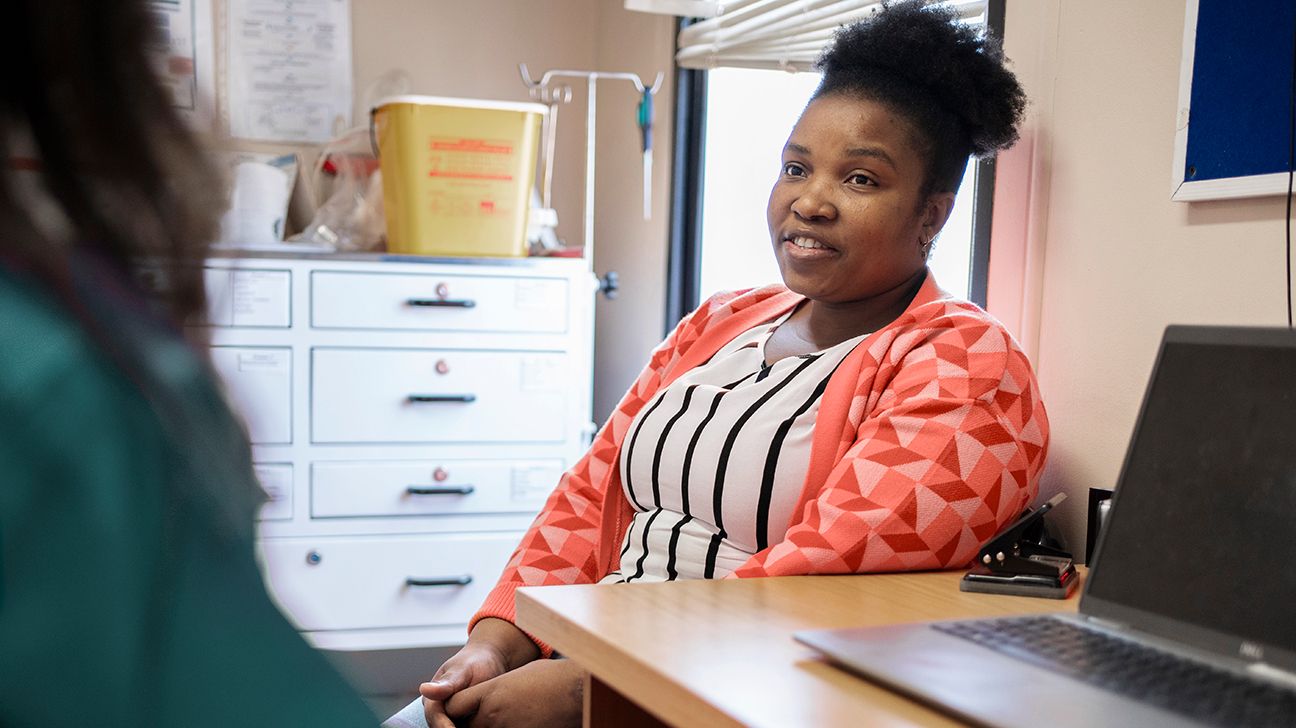
- Appendix cancer cases are rising among young adults, according to new research.
- Gen Xers and older Millennials face three to four times the risk compared to those born in the 1940s.
- Appendix cancer is rare, and regular screening is not common, so it’s important to discuss any unusual abdominal symptoms with your doctor.
Appendix cancer cases are rising sharply among young adults, a new study shows.
“Compared to those born in the 1940s, Gen X and older Millennials are around three times more likely to be diagnosed with appendix cancer overall. That was quite striking to us,” said Andreana N. Holowatyj, PhD, MS, an assistant professor of hematology and oncology at Vanderbilt University Medical Center and Vanderbilt Ingram Cancer Center, and first author of the study.
“Seeing these parallel effects across other gastrointestinal cancers really makes us raise an eyebrow as to what are the etiologies that are underpinning these alarming and worrisome trends,” Holowatyj told Healthline.
Kiran Turaga, MD, MPH, the chief of surgical oncology at the Yale School of Medicine, said the study validates what he often sees in practice. Turaga was not involved in the study.
“Last week in clinic, I saw 18-year-olds and 20-year-olds with appendix cancer. This is a real phenomenon that we’re noticing,” he told Healthline.
Little guidance currently exists on appendix cancer screening and prevention. However, the findings from this new research could heighten awareness of this rare form of cancer emerging in young adults.
The researchers analyzed appendix cancer rates across generations using the National Cancer Institute’s Surveillance, Epidemiology, and End Results (SEER) registry.
They identified 4,858 cases of appendix cancer in individuals ages 20 and older from 1975 through 2019.
When examining incidence over time, an unsettling trend emerged. Rates have risen annually since 1945, with those born between 1975 and 1985 experiencing three to four times the incidence rate of individuals born in the 1940s.
This increase does not appear to be solely due to confounding factors such as improved imaging technology.
“This is not just a phenomenon of increased detection,” Turaga said. “Just looking at the magnitude of these numbers, combined with what we’re seeing in our clinics and what we understand about our patients, I do believe that this is a true phenomenon of increasing incidence of appendix cancer, especially in younger adults.”
Appendix cancer is rare — accounting for fewer than 1% of gastrointestinal cancers — and has often been lumped in with more common colon and other GI cancers. As a result, comparatively little is known about its biology and epidemiology.
In many cases, appendix cancer is diagnosed incidentally after appendicitis surgery, when the removed appendix is sent for biopsy.
Historically, appendix tumors were classified as right-sided colon cancers rather than recognized as a
“Over the last decade or so, evidence has emerged saying the biology of an appendix tumor and a right-sided colon tumor are different, really predicating the need for additional studies,” Holowatyj said.
“Even right now, because there are no FDA-approved therapies for appendix cancer and due to a lack of evidence, appendix cancers in clinical guidelines are treated like right-sided colon tumors,” she continued.
Young adults are at increased risk for a multitude of cancers compared to older generations.
A 2024 study, published in
- breast cancer
- uterine (endometrial) cancer
- colorectal cancer
- stomach cancer
- testicular cancer
- ovarian cancer
Despite the evidence demonstrating these trends, it’s unclear what’s driving them.
“It’s not going to come down to just one factor. It’s going to be a constellation of factors, including both lifestyle factors, such as the effects of obesity, physical inactivity, and dietary patterns, together with the environment,” said Holowatyj.
Turaga noted some potential environmental culprits, but stressed that there is no clear evidence to suggest a causal link at this time. Some hypotheses include:
- antibiotics (in both humans and animals)
- dysregulation of gut flora (dysbiosis)
- microplastics exposure
- air pollution
- ultra-processed foods
- rising obesity rates
“It’s incredibly challenging to pinpoint these factors, so we’re not quite there yet, but hopefully with additional evidence we’ll be able to understand what factors specifically are increasing risk of this disease so that we can work to create effective strategies to reverse these trends and reduce the overall burden,” said Holowatyj.
One added complication specific to appendix cancer noted by Holowatyj and others is the increasing regularity of treating appendicitis with antibiotics rather than surgical removal.
This pivot to less invasive treatment of appendicitis could potentially lead to worse outcomes for patients with appendix cancer.
“The challenge becomes that if you ignore someone who has a tumor who has appendicitis and you treat it with antibiotics, that’s one big risk factor for these patients actually progressing without being treated,” she said.
There are no standardized approaches to screening for appendix cancer.
Even colonoscopies, considered the gold standard for colon cancer screening, can miss them, Yun Song, MD, an assistant professor of surgical oncology at MD Anderson Cancer Center who wasn’t involved in the research, told Healthline.
Given this lack of screening, she encourages everyone to be aware of what possible signs and symptoms look like.
“I recommend paying attention to unexpected weight loss or nagging, sometimes subtle, abdominal symptoms (pain, discomfort, bloating) that won’t go away, and seeking appropriate medical attention for these issues. In women, appendix cancers may also be confused with gynecologic issues,” she said.
- abdominal pain
- feeling bloated or growing abdominal size
- a mass in the abdomen
- nausea and vomiting
- feeling full soon after starting to eat
“Despite an increasing incidence, appendix cancers are still rare, so not every abdominal symptom means you have appendix cancer. With that said, be aware of your family history, as multiple family members with cancer may mean that you are at increased risk for cancer,” Song said.


